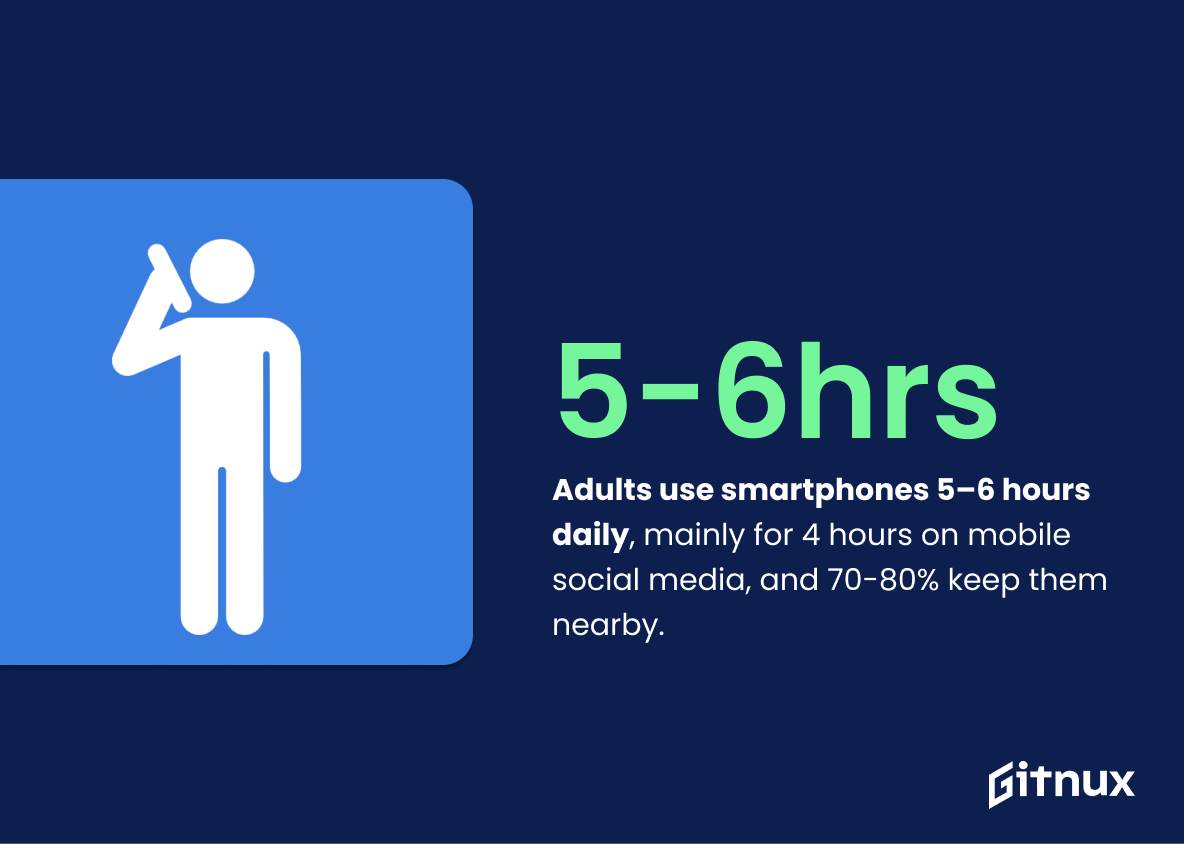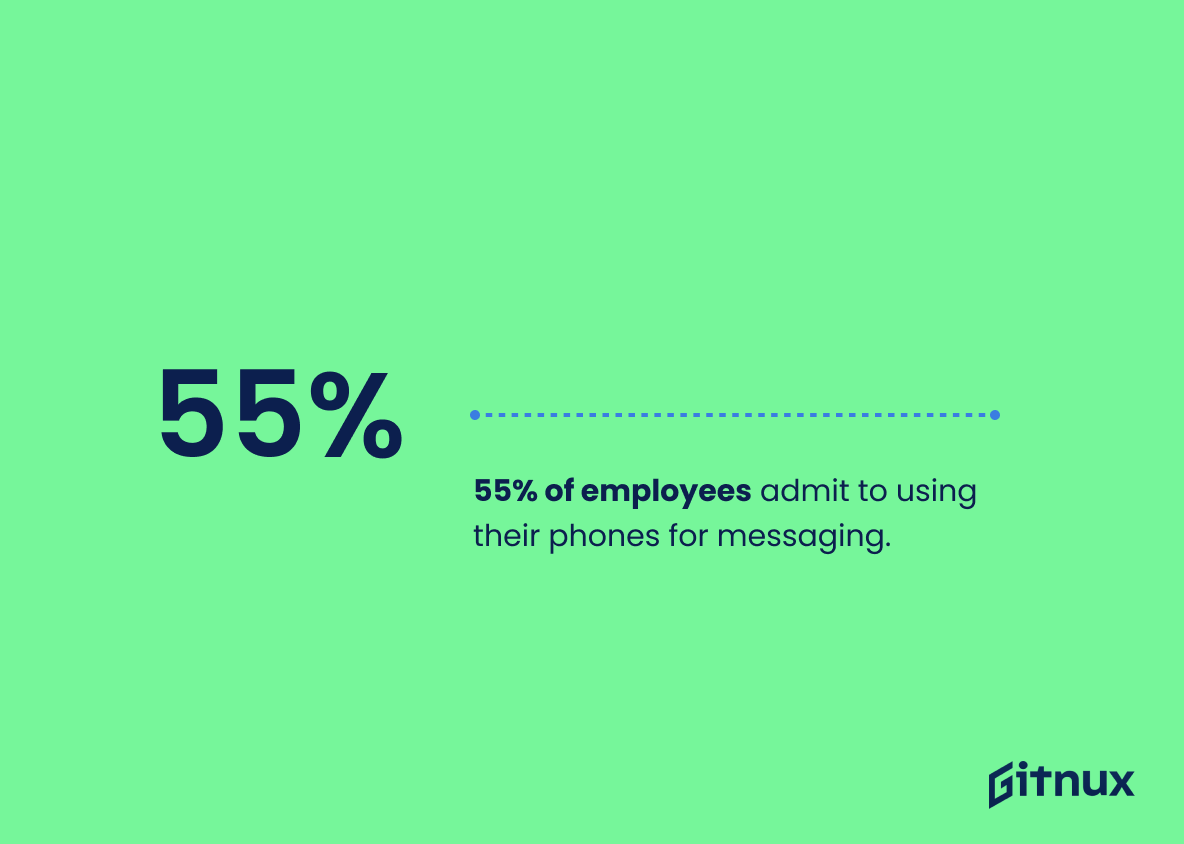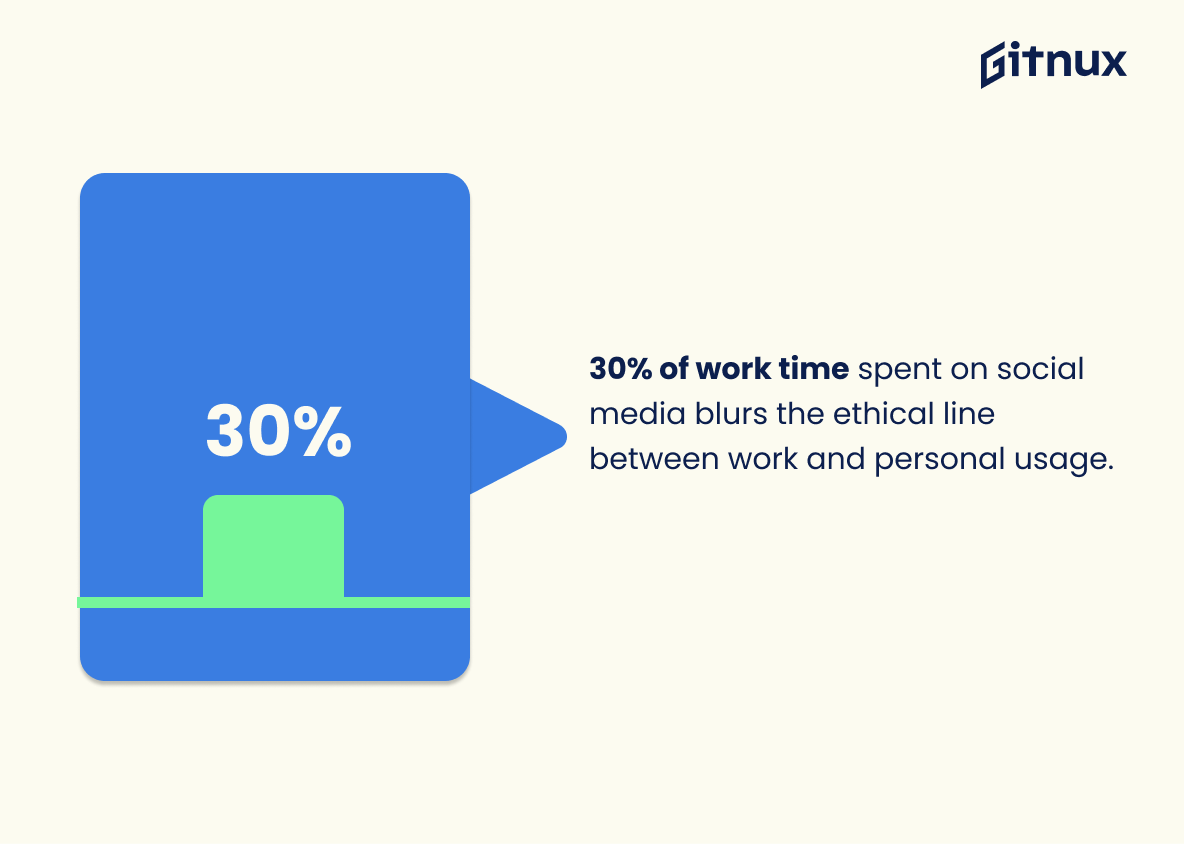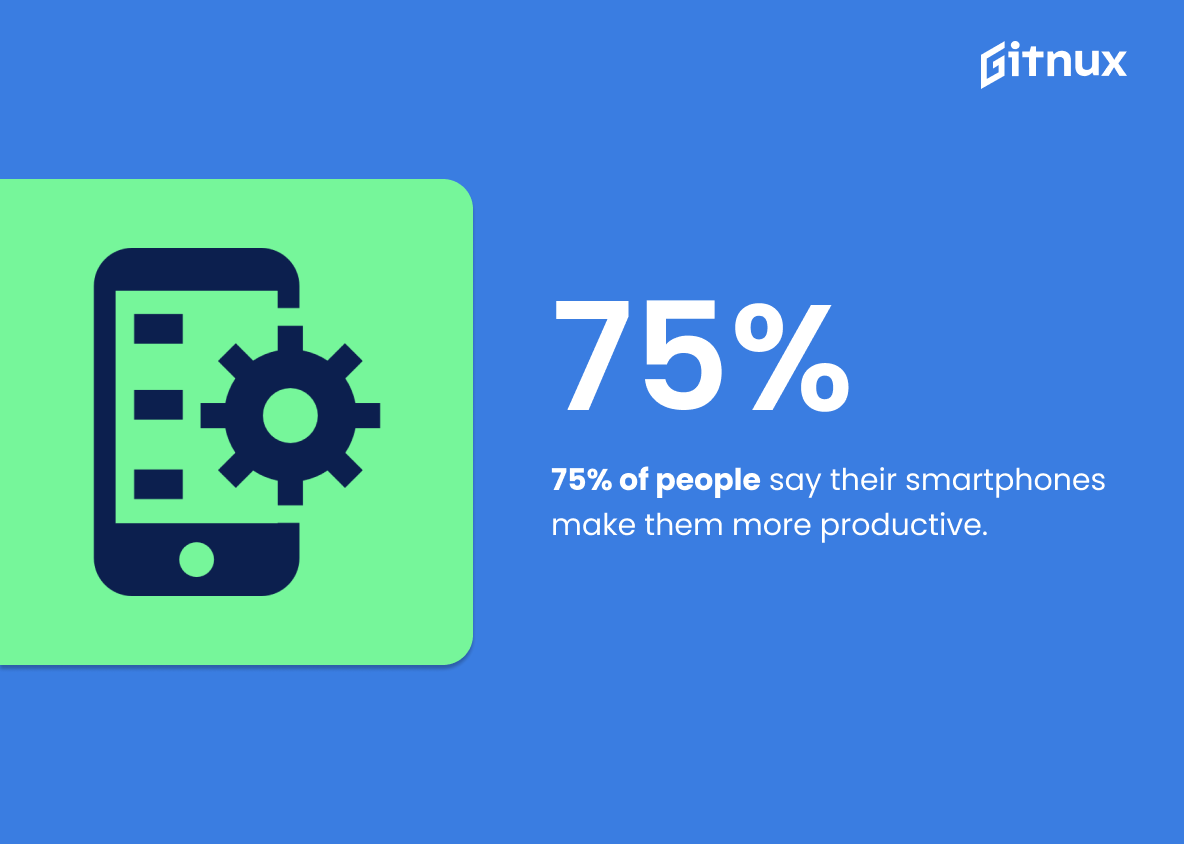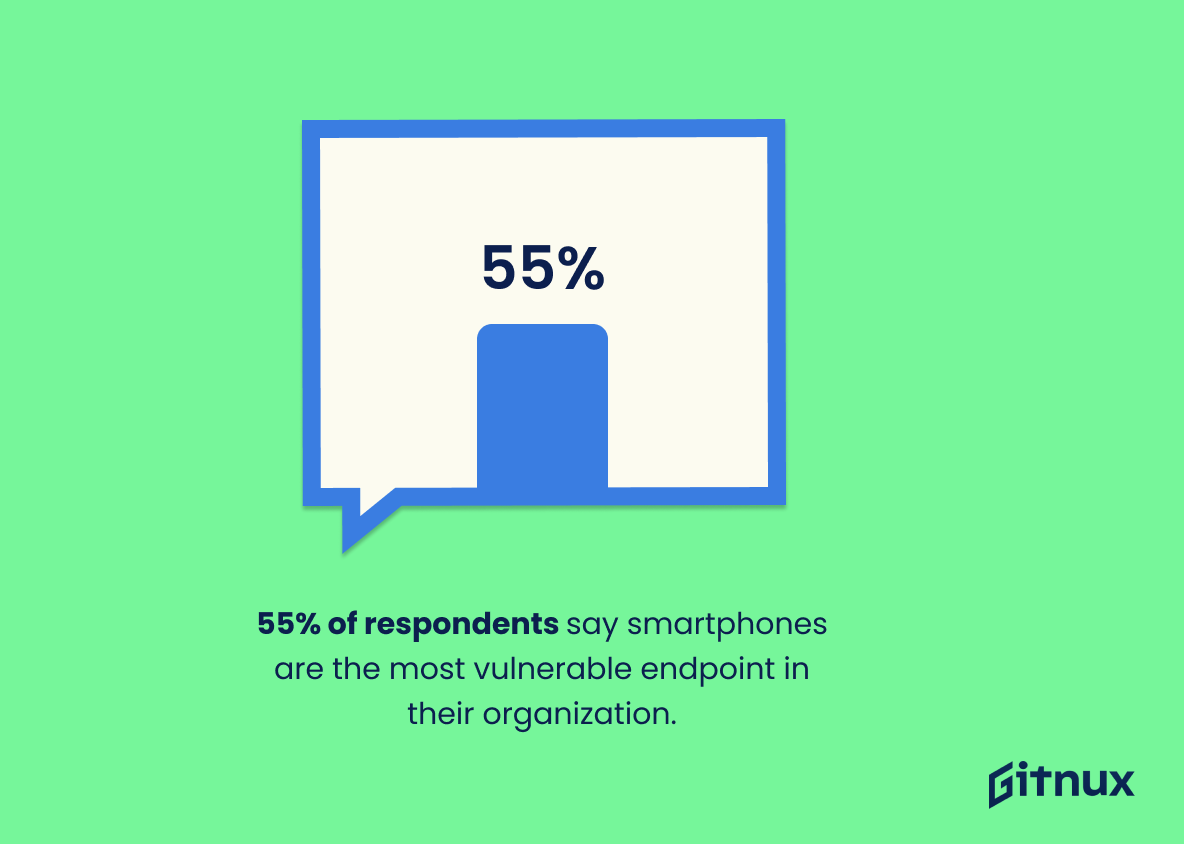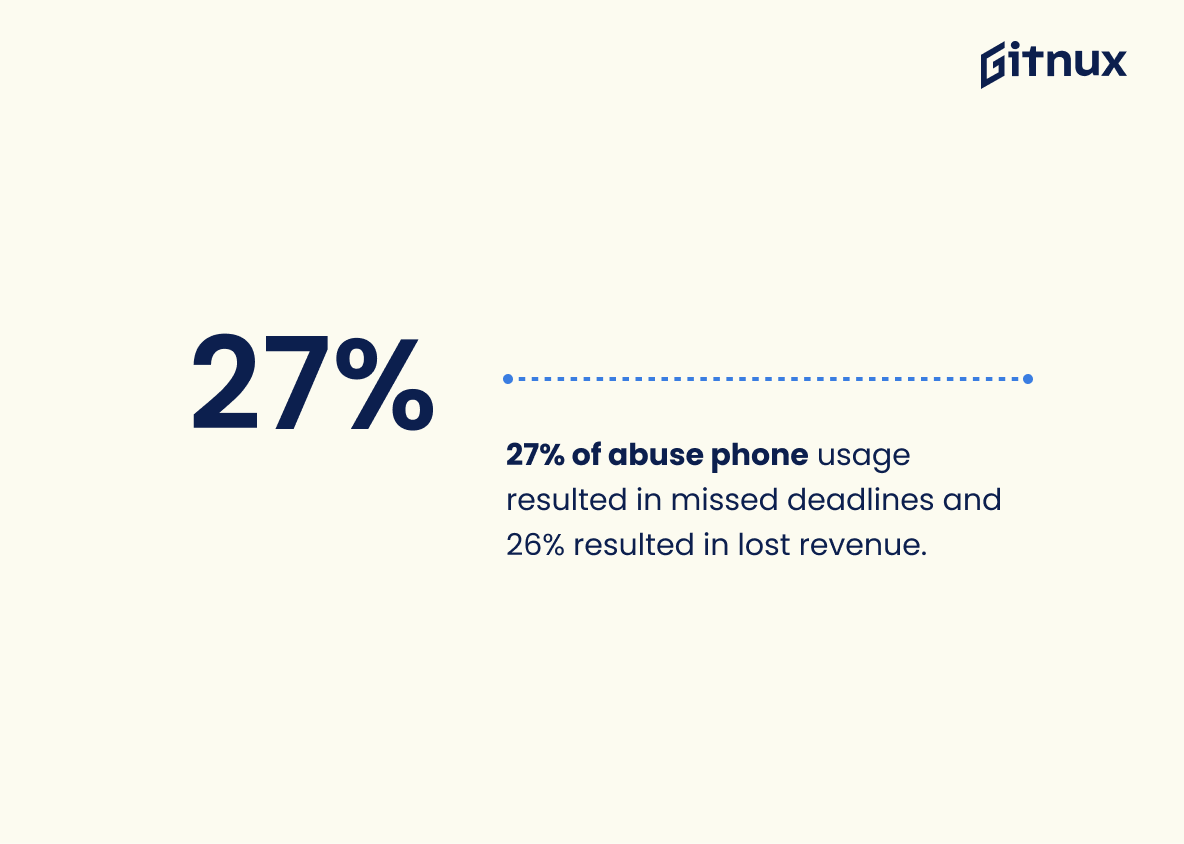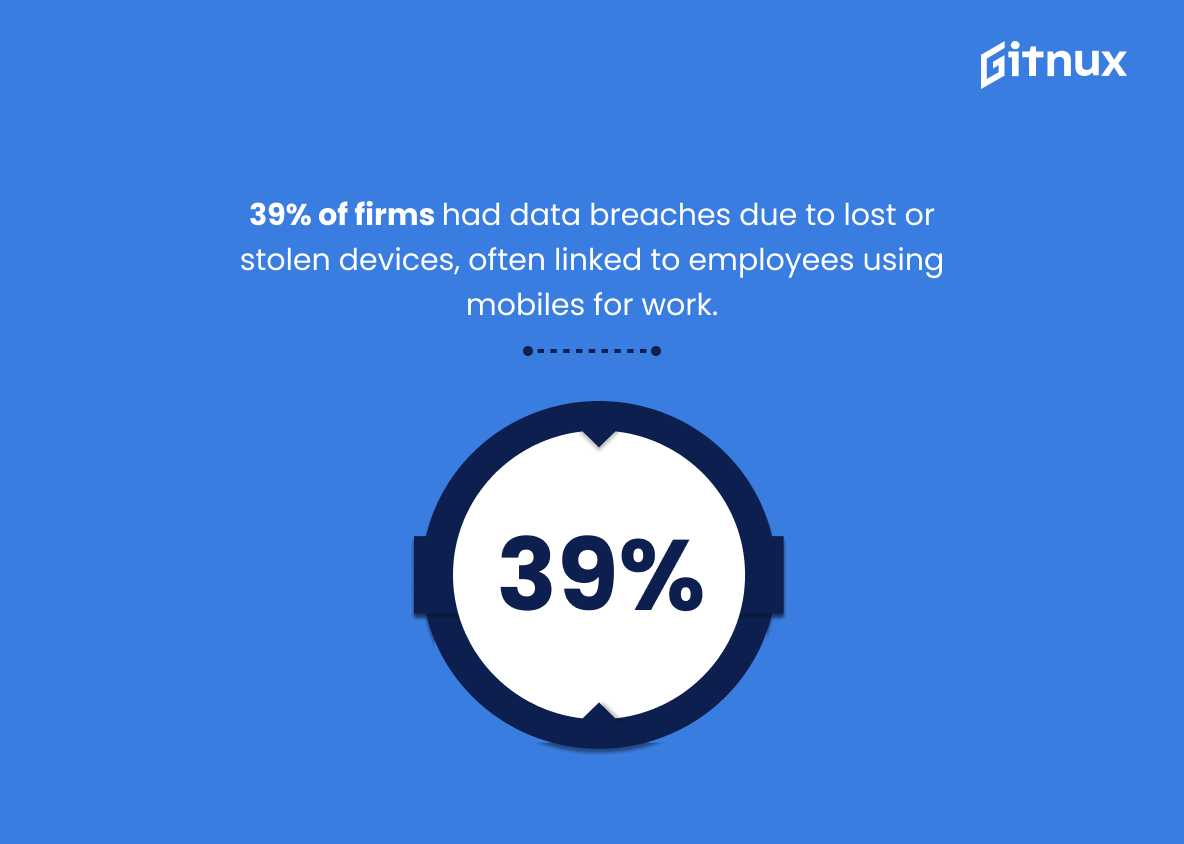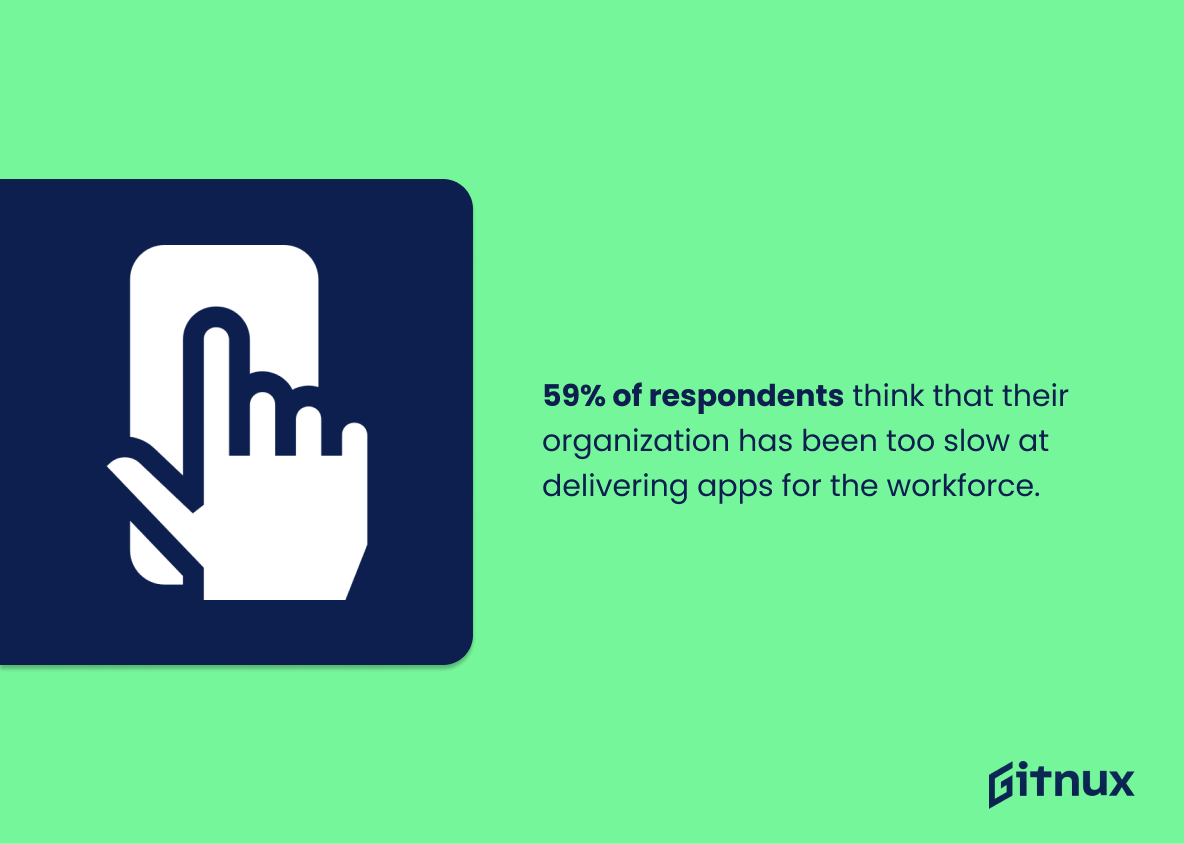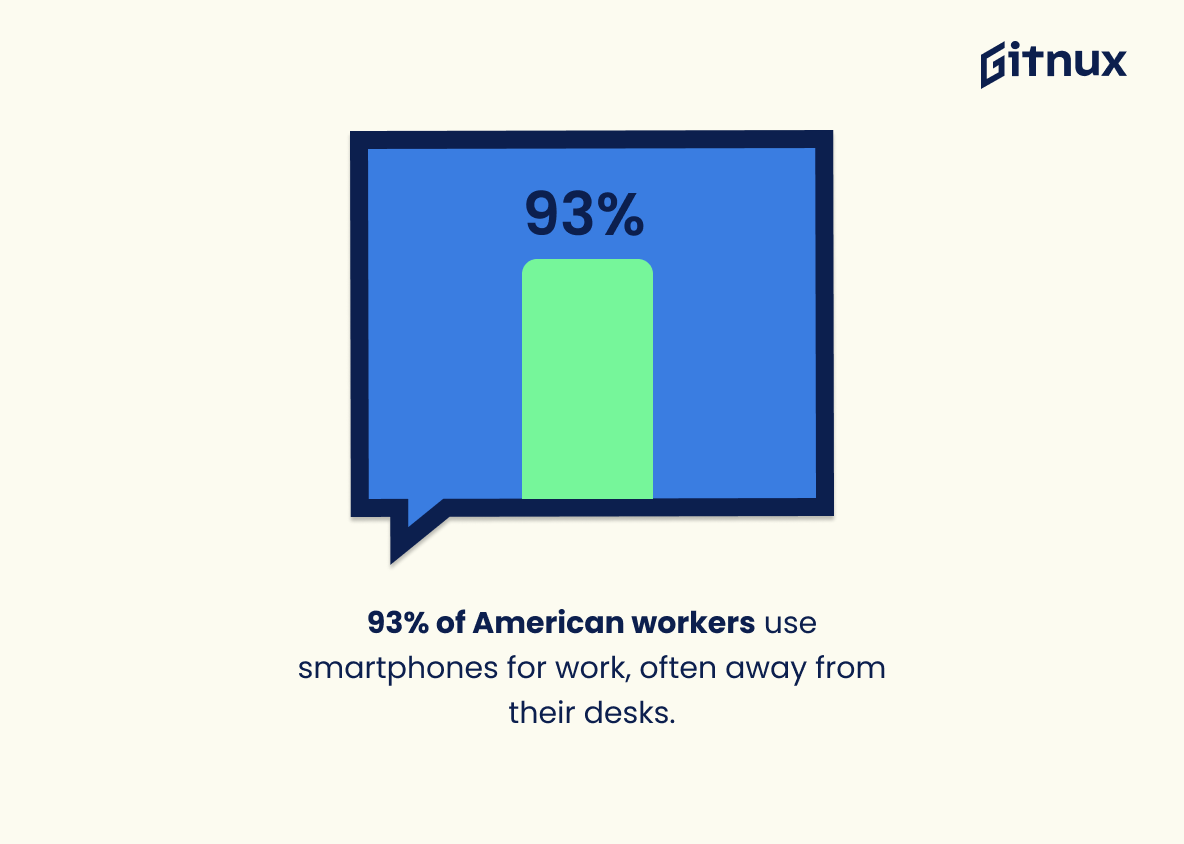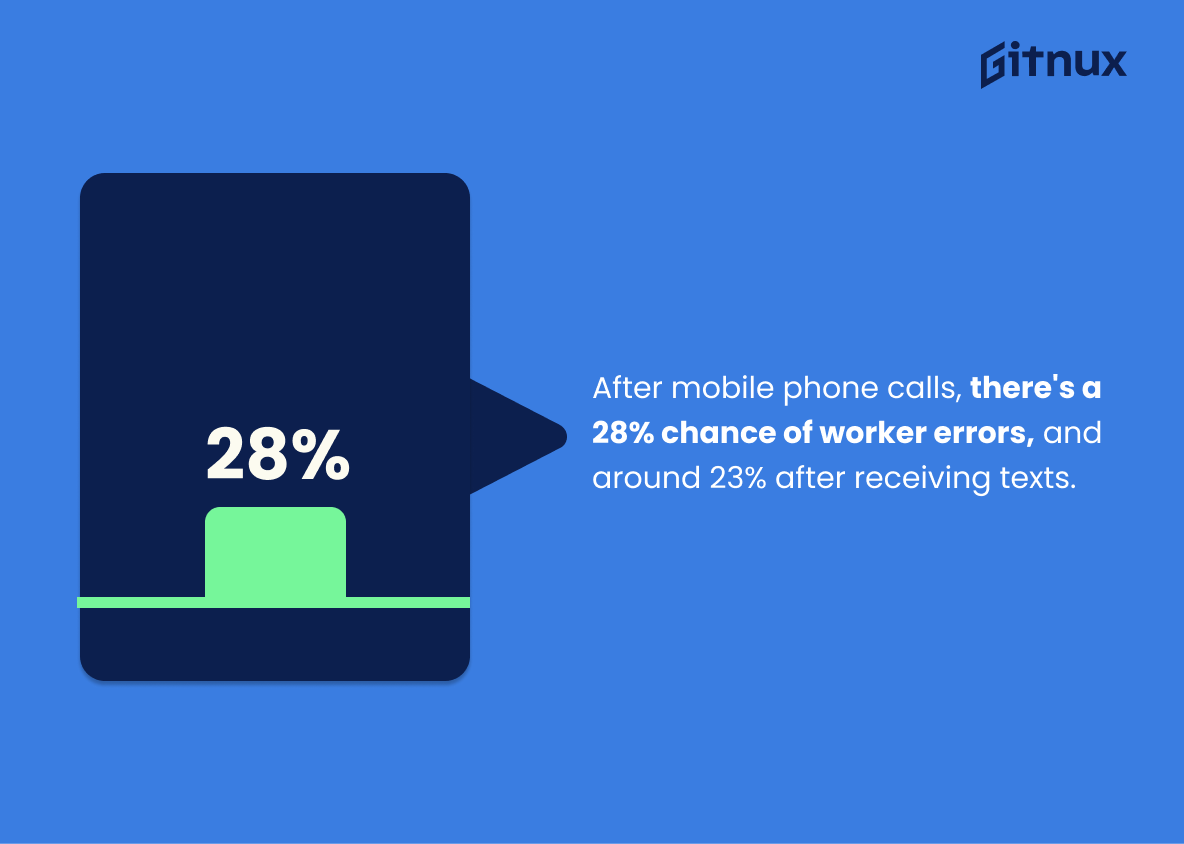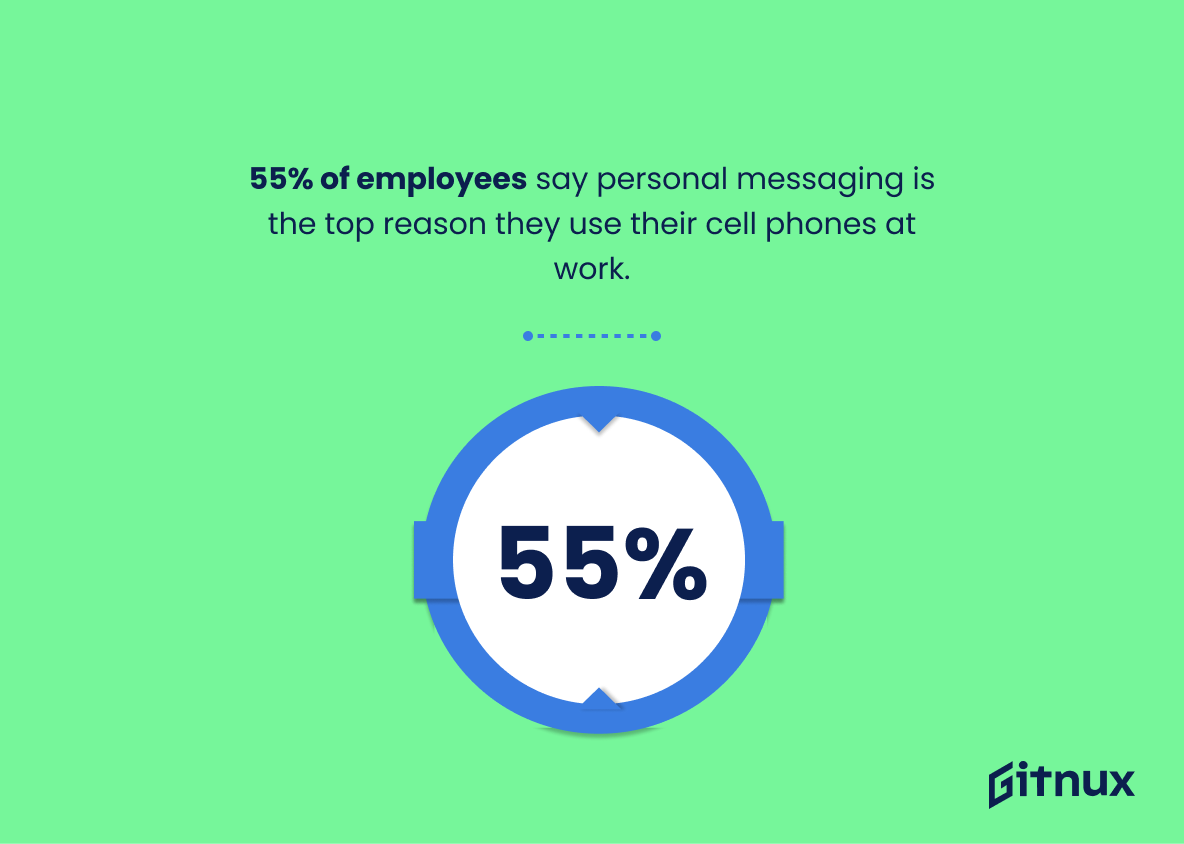Cell phone abuse in the workplace is an increasingly common problem. With the proliferation of smartphones, it’s easier than ever for employees to access social media, games, and other distractions while on the job. Unfortunately, this can lead to decreased productivity, increased stress, and even safety risks.
In this article, we will take a look at some of the most recent cell phone abuse in the workplace statistics and discuss ways employers can address the issue.
Cell Phone Abuse In The Workplace: The Most Important Statistics
30% of work time spent on social media blurs the ethical line between work and personal usage.
27% of abuse phone usage resulted in missed deadlines and 26% resulted in lost revenue.
Cell Phone Abuse In The Workplace: Statistics Overview
On average, adults spend 5–6 hours a day on their phones, with 4 hours spent on mobile social media, and 70-80% of people leaving their phones in their line of sight.
This statistic demonstrates how pervasive cell phone use is in our lives, and how difficult it can be to resist the temptation to use our phones while at work. This can lead to decreased productivity and an increase in distractions, which can have a negative impact on the workplace.
60% of apps used at work are project related, and 90% of employees said these technologies have changed how they work.
This statistic shows that technology is becoming increasingly important in the workplace and employees are relying on it more and more. This could lead to an increase in cell phone abuse as employees become more dependent on their phones for work-related tasks.
55% of employees admit to using their phones for messaging.
This statistic is important because it shows that a majority of employees are using their phones for messaging purposes, which can be a form of cell phone abuse in the workplace. This statistic can be used to help employers understand the extent of cell phone abuse in the workplace and take steps to address it.
30% of work time spent on social media blurs the ethical line between work and personal usage.
This information highlights the potential for employees to misuse their work time and resources for personal gain. This can lead to decreased productivity and a lack of focus on work tasks, which can have a negative impact on the organization. Additionally, it can lead to a lack of trust between employees and employers, which can further damage the working relationship.
Mobile learning increases productivity by 43%.
This statistic demonstrates that mobile learning can be a beneficial tool for increasing productivity. By providing employees with access to mobile learning, employers can help reduce the amount of time wasted on cell phone use in the workplace and increase productivity.
75% of people say their smartphones make them more productive.
It shows that smartphones can be a useful tool for productivity. Also, that employers should be aware of the potential benefits of allowing employees to use their phones for work-related tasks. It also suggests that employers should be aware of the potential risks of cell phone abuse in the workplace and take steps to prevent it.
55% of respondents say smartphones are the most vulnerable endpoint in their organization.
This statistic highlights the potential security risks associated with the use of smartphones in the workplace. As more organizations rely on mobile devices for communication and collaboration, it is important to understand the potential risks and take steps to mitigate them. By understanding the vulnerabilities associated with smartphones, organizations can take steps to protect their data and systems from malicious actors.
See the best Data Security Software
27% of abuse phone usage resulted in missed deadlines and 26% resulted in lost revenue.
This statistic shows that when employees are distracted by their phones, it can have a direct and measurable effect on the company’s bottom line. This can be used to illustrate the importance of enforcing policies to limit cell phone usage in the workplace.
55% of workers believe that mobile phone use is the greatest obstacle to office productivity.
This statistic highlights a key issue in modern workplaces: the potential for mobile phone use to distract from productive work. It is important for employers and managers to be aware of this issue so that they can take steps to reduce mobile phone use and maximize employee productivity. Additionally, this statistic can help inform workplace policies around mobile phone usage so that employees understand the expectations of their employers.
Approximately 39% of the surveyed companies claimed that they suffered a data security breach due to stolen or lost devices. Employees who use their mobile phones to work increase the risk of losing these devices, as well as the risk of data breaches.
This statistic emphasizes the importance of investing in data security measures to protect corporate data. It shows that mobile devices are a major source of data security breaches and that companies need to take steps to protect their data from these threats. Companies need to ensure that employees are educated on proper data security practices and that their devices are secured with strong passwords, encryption, and other security measures. By taking these steps, companies can reduce the risk of a data breach and protect their data from malicious actors and other potential threats.
Check out our latest Cybersecurity Statistics
59% of respondents think that their organization has been too slow at delivering apps for the workforce.
It suggests that organizations are not effectively meeting the needs of their workforce when it comes to providing them with the necessary tools to do their jobs. As organizations continue to rely more heavily on technology, it is important that they focus on developing and delivering apps in a timely manner. Doing so can help ensure that employees have access to the resources they need to complete their tasks efficiently and effectively.
Every day, 93% of American workers who own smartphones and spend around one-third of their working hours away from a desk and use their mobile devices for work.
It shows how mobile devices are becoming increasingly important to the way people work. This statistic highlights the need for businesses to invest in mobile technology and develop strategies to ensure their employees are able to effectively use mobile devices to complete their work. It also shows the need for businesses to ensure their mobile devices are secure, as a large portion of their workforce is relying on them every day.
Workers waste more than 2 hours daily using their mobile phone activities. That equates to more than 2 hours of unproductive time for their company.
This statistic is important because it highlights the need for employers to be aware of how their employees are using their mobile phones during work hours. Companies should be proactive in monitoring and managing employee phone usage to ensure that valuable work time is not being wasted on personal activities. This is especially true for those companies that allow employees to use their own phones for work purposes. Additionally, this statistic demonstrates the potential value that can be generated by implementing measures to increase productivity and efficiency in the workplace.
There is around a 28% likelihood of workers making mistakes after a mobile phone call and roughly 23% after receiving a text.
This information can help employers understand how mobile phone usage can affect their employees’ work performance. Knowing the likelihood of mistakes being made can help employers understand when and how to regulate the use of mobile phones in the workplace. It can also help employers decide when and where to allow employees to use their phones, as well as provide guidance on how to minimize employee distraction due to mobile phone use.
55% of employees say personal messaging is the top reason they use their cell phones at work.
This statistic shows that employees are increasingly relying on their cell phones to stay connected and productive while at work. It also suggests that employers should be mindful of how their employees are using their devices and consider implementing policies and tools to ensure that these devices are used responsibly and productively.
Conclusion
In conclusion, cell phone abuse in the workplace is a growing problem that needs to be addressed. With the rise of technology, it is becoming increasingly difficult to monitor and control cell phone usage in the workplace.
Employers must take steps to ensure that their employees are using their phones responsibly and not for personal use. By implementing policies and procedures that limit cell phone use, employers can help to reduce the amount of cell phone abuse in the workplace and ensure that their employees are productive and efficient.
References
Firstup: “14 employee mobile usage statistics your company can’t ignore”, cited February 2023. (Source)
Betterworks: “3 Mobile Employee Engagement Ideas for Employee Appreciation Day”, cited February 2023. (Source)
Statista: “Number of domestic violence incidents in England and Wales from 2001/02 to 2021/22”, cited February 2023. (Source)
EnterpriseAppsToday: “30+ Cell Phones At Workplace Statistics And Facts 2022”, cited February 2023. (Source)
EduMe: “Six Statistics That Highlight the Power of Mobile Learning”, cited February 2023. (Source)
Perillon: “Mobile Devices in the Workplace: 40 Statistics You Should Know in 2023”, cited February 2023. (Source)
Zippia: “25 TRENDING CELL PHONES IN THE WORKPLACE STATISTICS [2023]: CELL PHONE USE IN THE WORKPLACE”, cited February 2023. (Source)
ZipDo, cited June 2023: Cell Phone Abuse In The Workplace Statistics
